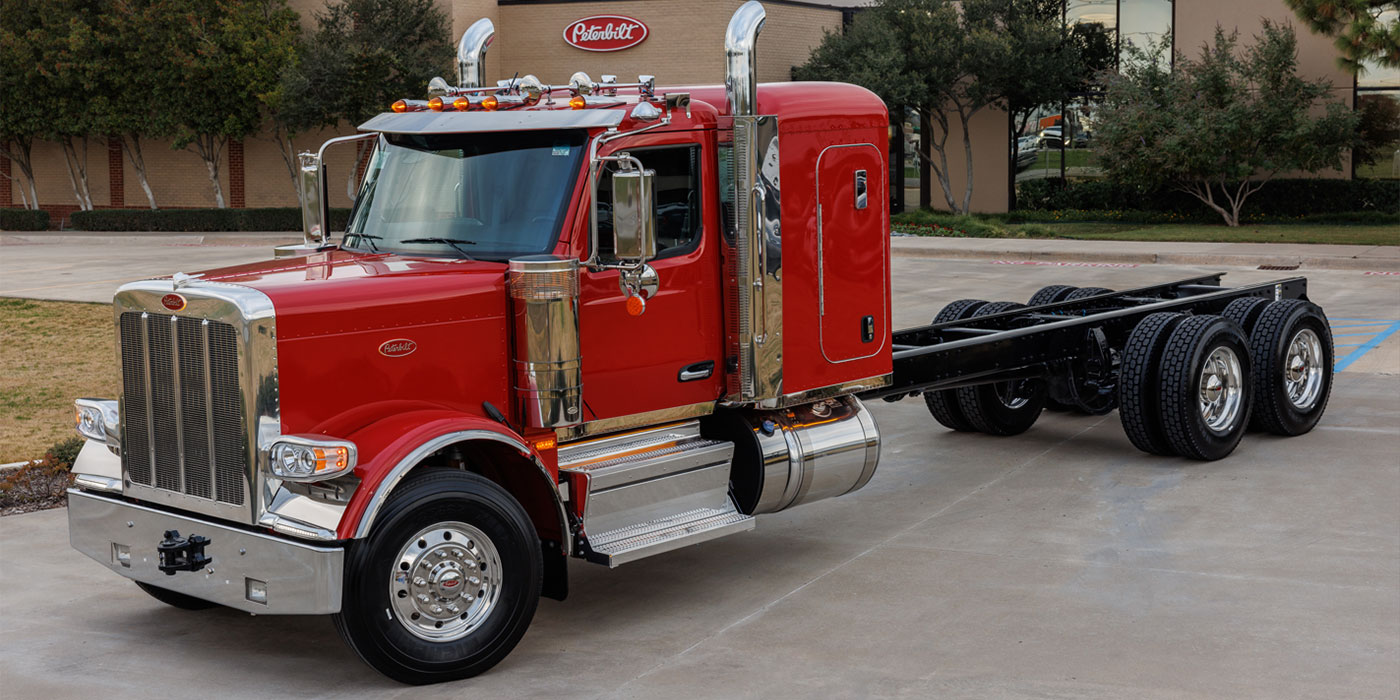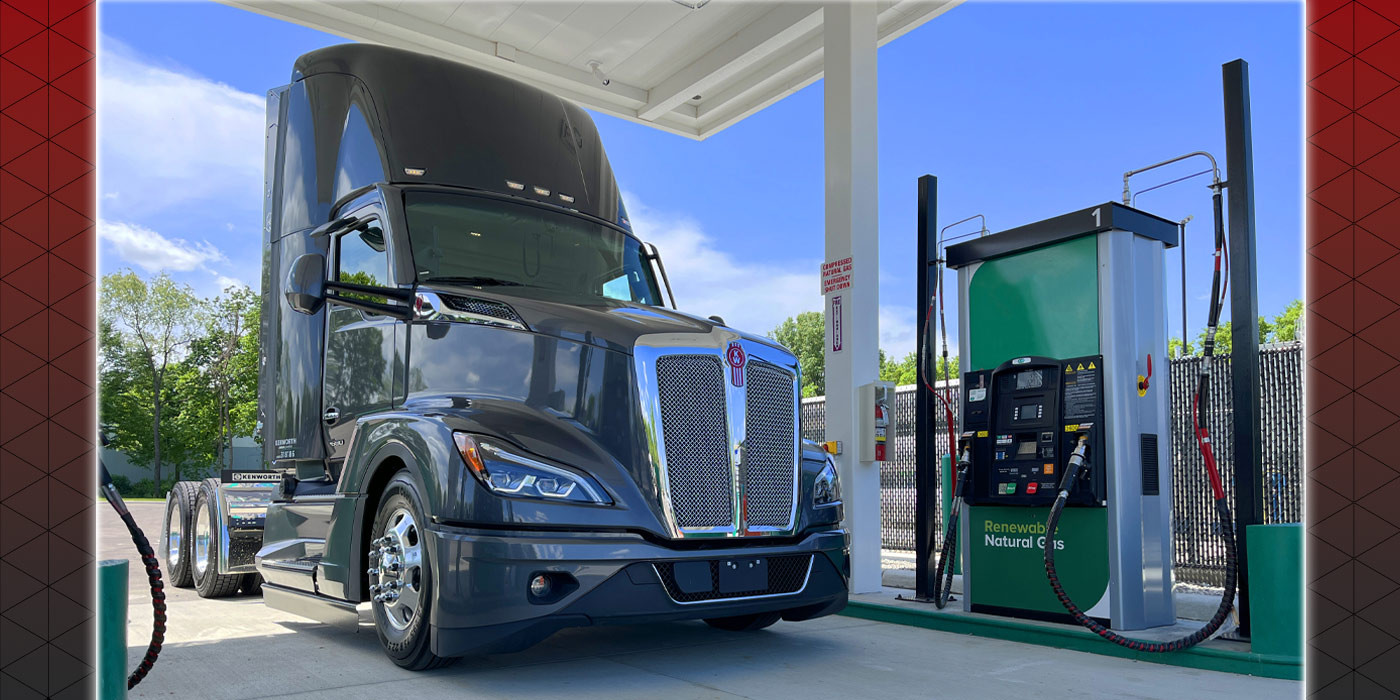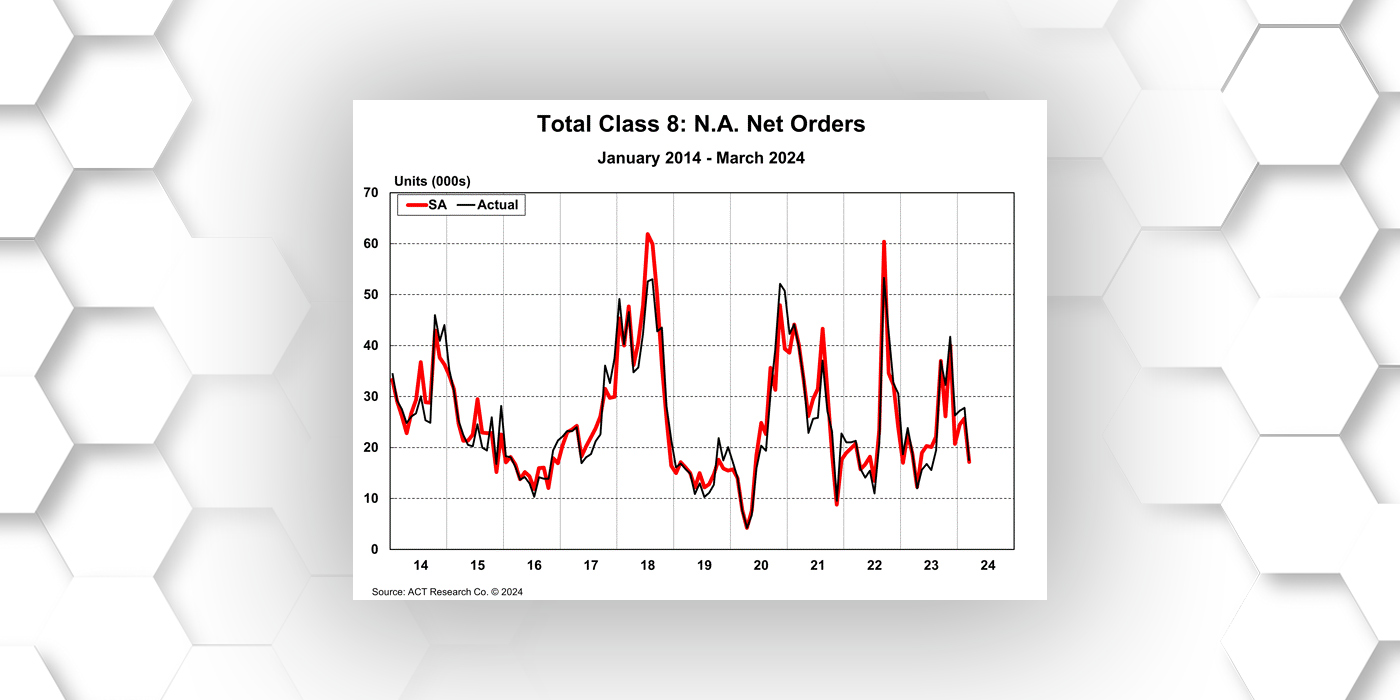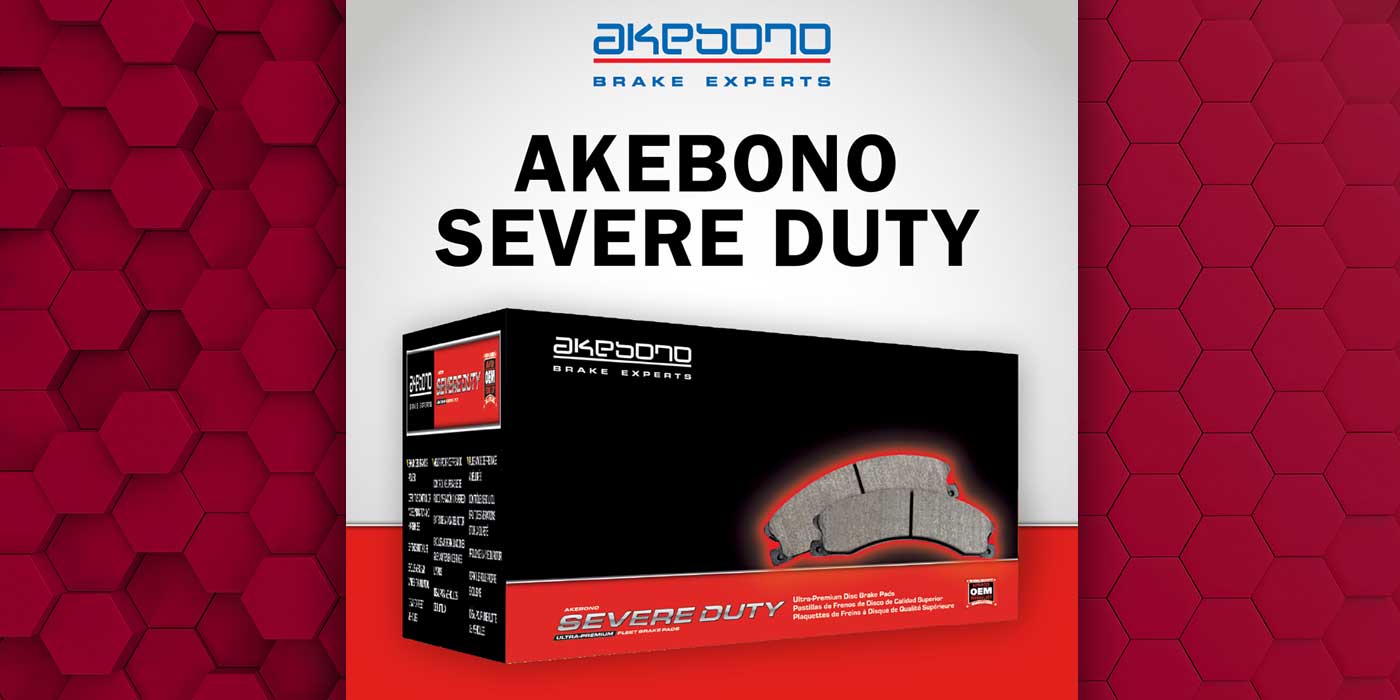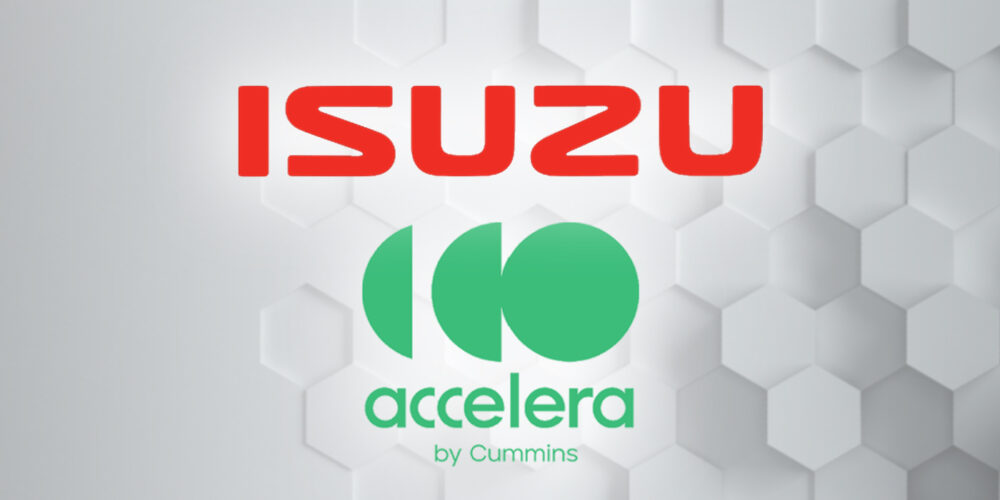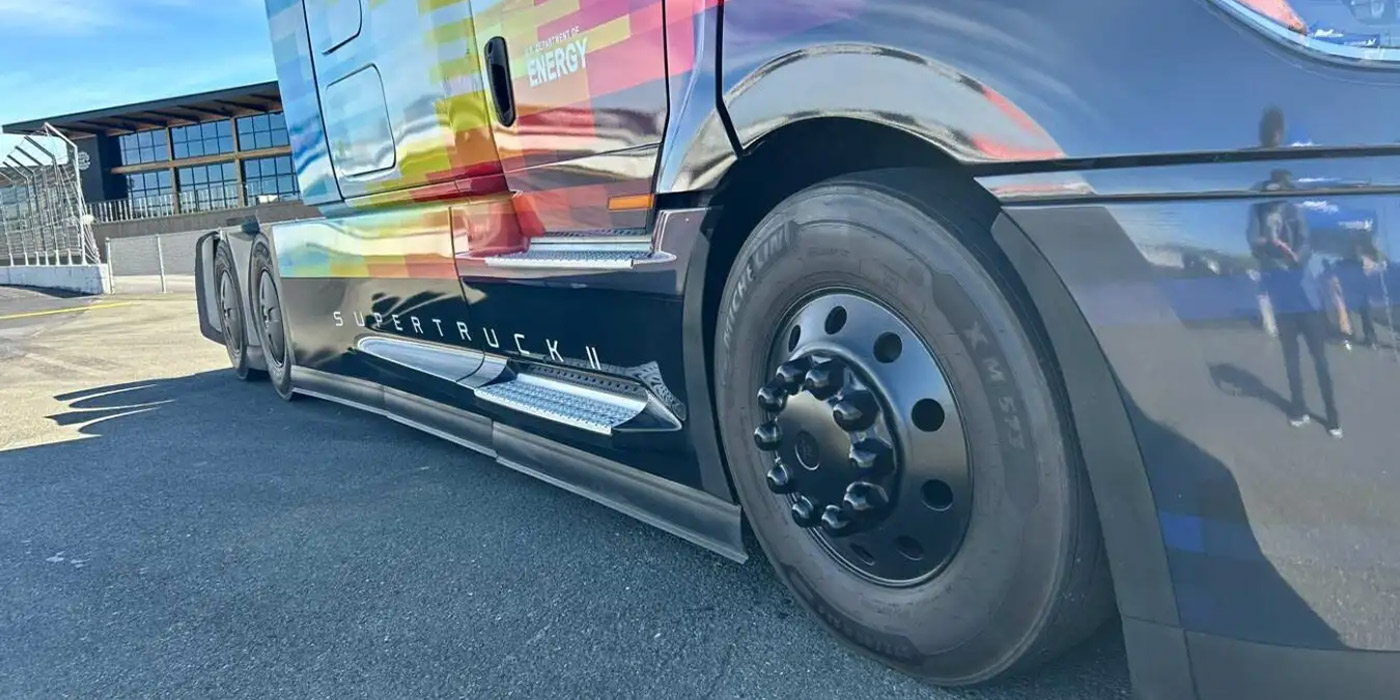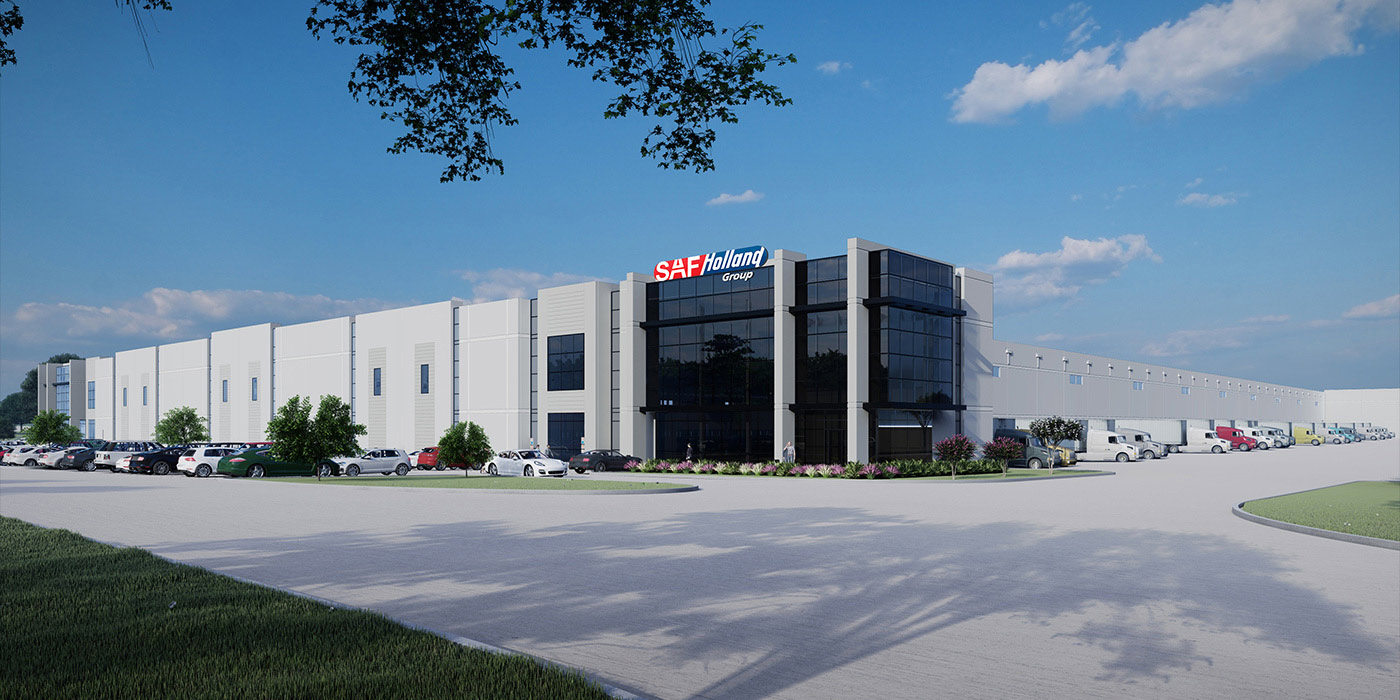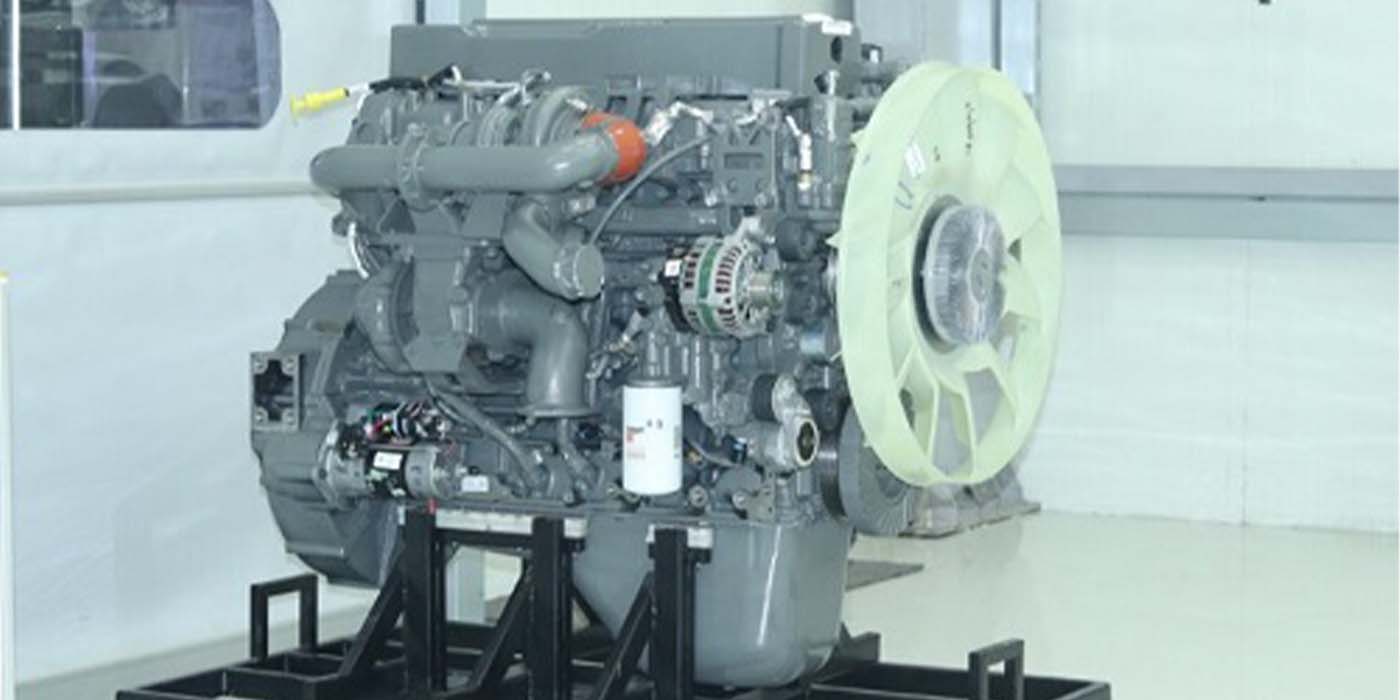Ask almost anyone in business or management to define “margins” and they will say margins generally quantify financial success or lack thereof. Sometimes, it’s simply the difference between the cost and selling price of a product or service. Other times it’s the difference between all revenues minus all expenses. Operating margins are typically synonymous with profit or loss. It isn’t a stretch, then, to think of positive margins as a cushion or safety factor, and that is exactly the case with tires.
Tires are designed to perform multiple functions, including transmitting all of the acceleration, braking and cornering forces that change vehicle velocity. The basic tire structure is very important in performing these tasks for different types of vehicles and service conditions. While doing all of the above, tires also must support loads, primarily through inflation pressures well above ambient, or normal atmospheric conditions. The relationship between specific inflation pressures and the load-carrying ability for any particular size tire is published in industry standards. Properly maintained tires operate with a margin of performance that allows for expected minor variations, but it is an unavoidable conclusion that either higher loads, lower inflation pressures, higher speeds, or a combination of these conditions, will result in reduced tire performance margins.
There are several recent service condition changes that will result in higher average tire loads, effectively reducing tire operating “margins” unless inflation maintenance is commensurately improved. First, continuing efficiency gains through sophisticated logistics management are resulting in fewer empty or lightly loaded miles for many carriers. Think of this as increasing ton-miles with the weights increasing rather than the miles. In fact, this is how tires are selected and rated in the heavy off-road/earthmover industries. Practically speaking, more frequent/reliable inflation checks and/or adoption of tire pressure monitoring/maintenance systems (TPMS) are the two primary ways of accomplishing improved inflation maintenance. At the present time, many fleets still rely on traditional manual checks for power unit tires while relying on newer generation TPMS for trailers.
Secondly, a number of states have approved loads higher than the 80,000 lb. Federal GVW limit and more are likely to follow. Most of these (e.g. South Carolina, North Carolina, Georgia) are states with ports serving import/export businesses citing competitive needs to transport containers weighing up to as much as 100,000 lb. on 5-axle rigs. Other, more mainstream, industry interests are lobbying for Federal load increases to support economic development and global transportation cost competitiveness. Some of these proposals include additional axles and/or tire positions, but there are vehicle handling, maneuverability and cost incentives to keep current 5 axle configurations and tire sizes.
Another incentive to improve tire operating margins is the new Comprehensive Safety Analysis (CSA) 2010. Lots of information about this new Federal Motor Carrier Safety Administration initiative has been written, but one given is that fleets will have several new groups, including drivers and government scorekeepers, looking over their shoulders, monitoring and evaluating tire program performance which will become considerably more transparent.
Assuming good tire maintenance programs are in place, what steps can be taken to step it up a notch or two? In most cases, the answer is:
• Purchase premium products, including valve hardware, grommets, gauges, etc.
• Select, benchmark and grade service providers, both local and over-the-road
• Consider more frequent manual pressure checks
• Consider TPMS on new equipment, especially trailers (Power unit systems are still relatively new)
• Establish and monitor high quality standards for retreads and repairs
• Engage drivers in tire program goals-they have a new interest with CSA 2010
• Use periodic scrap tire analysis to prioritize tire program improvements
These are examples that can help maintain or improve tire performance margins in these changing times, protecting a fleet’s image, and hopefully adding to the more comprehensive operating margin to the entire operation.

